Constructing Raised Beds - What to line inside with?
james_t
13 years ago
Featured Answer
Comments (21)
stormz4
13 years agoRelated Professionals
Accokeek Landscape Architects & Landscape Designers · Bethlehem Landscape Contractors · Americus Landscape Contractors · Berkeley Heights Landscape Contractors · Fort Mill Landscape Contractors · Homewood Landscape Contractors · Lake Saint Louis Landscape Contractors · Monterey Landscape Contractors · St. Louis Landscape Contractors · The Villages Landscape Contractors · West Palm Beach Landscape Contractors · Lockport Decks, Patios & Outdoor Enclosures · North Myrtle Beach Decks, Patios & Outdoor Enclosures · Saint Louis Park Decks, Patios & Outdoor Enclosures · Fair Oaks Swimming Pool Builderspippimac
13 years agojames_t
13 years agomrsmuggleton
13 years agoohoopeewoman
10 years agomarcinde
10 years agoMika Tsekoura
8 years agonvmanca
8 years agoCheryl Holz
5 years agowestes Zone 9b California SF Bay
5 years agoNHBabs z4b-5a NH
5 years agoUser
5 years agolast modified: 5 years agoYardvaark
5 years agoUser
5 years agolast modified: 5 years agowestes Zone 9b California SF Bay
5 years agoHU-567373937
3 years agoDan Zeak
3 years agolivluvyogastudio
2 years agoJames Ramstack
2 years agowestes Zone 9b California SF Bay
2 years ago
Related Stories

GARDENING AND LANDSCAPINGBuild a Raised Bed to Elevate Your Garden
A bounty of homegrown vegetables is easier than you think with a DIY raised garden bed to house just the right mix of soils
Full Story
FARM YOUR YARDHow to Build a Raised Bed for Your Veggies and Plants
Whether you’re farming your parking strip or beautifying your backyard, a planting box you make yourself can come in mighty handy
Full Story
GARDENING GUIDES8 Materials for Raised Garden Beds
Get the dirt on classic and new options for raised vegetable and plant beds, to get the most from your year-round garden
Full Story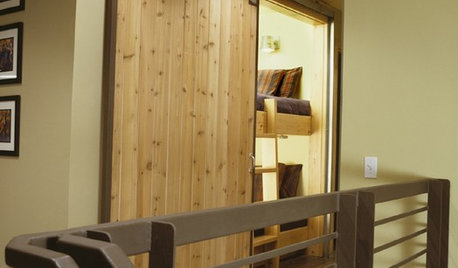
DOORSDoors With Character, Raised in a Barn
Save Space or Make a Statement With the Great Look of a Barn Door Inside
Full Story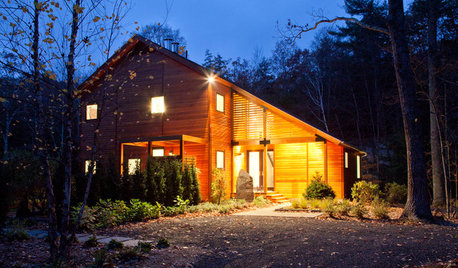
CONTEMPORARY HOMESHouzz Tour: Strong, Modern Lines Stand Up to the Trees
Modernism takes kindly to the New York woods, with double-height ceilings for openness and a burbling creek for music
Full Story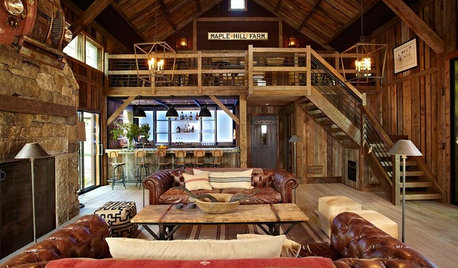
BARN HOMES12 Bar-Raising Barns
Homeowners make hay out of renovated, reclaimed and newly raised outbuildings
Full Story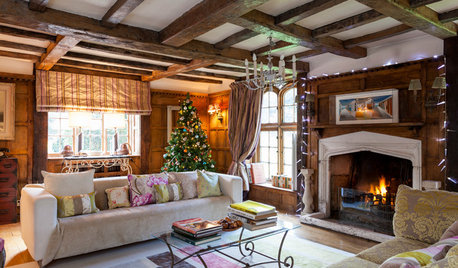
HOUZZ TOURSMy Houzz: Step Inside a Converted Medieval Priory
The owners of this historical property have used vintage finds and a playful style to create a welcoming family home
Full Story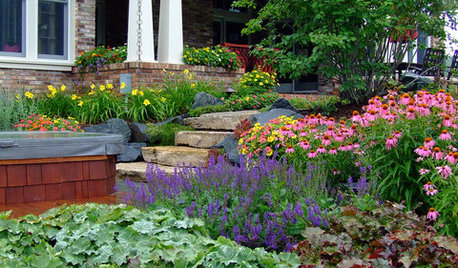
INSIDE HOUZZInside Houzz: New Data Offer Insights on Landscaping Trends
Homeowners are looking to manage water and add more enjoyment to their landscapes, according to a new Houzz survey
Full Story
TRADITIONAL HOMESMy Houzz: Step Inside a Grand 1800s Victorian
A 7,000-square-foot historic estate returns to glory, thanks to loving renovations by a tireless Texas couple
Full Story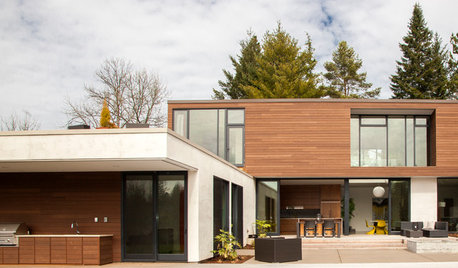
HOUZZ TOURSMy Houzz: Sleek Lines and Innovations in Portland
Behind these airy, contemporary interiors lie high-tech systems that lower utility costs while keeping the family comfortable
Full Story





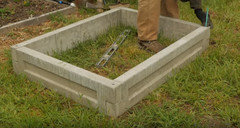


madtripper